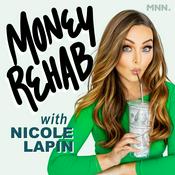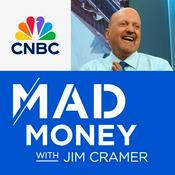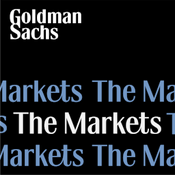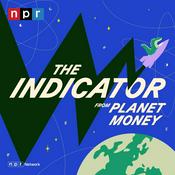Available Episodes
5 of 323
- Forecasting the Fed’s ForecastsOn Wednesday, the Fed will hold its last FOMC meeting of the year. Their actions and communications could move interest rates across the yield curve and so are important for investors.--------11:38
- The Outlook for AutosWhen I first arrived in America, America seemed to be all about cars. It was the early 1980s, and I had come over from Ireland to do a Ph.D. in economics at Michigan State University. The campus was strewn with the hand-me-down vehicles of the student body – great gas-guzzling behemoths rendered hopelessly uncompetitive by the soaring gas prices of the 1970s and fighting a losing battle against Japanese imports. Still, the domestic auto industry was crucial to the U.S. and particularly Michigan, and rising sales numbers, released every 10-days, were monitored as the hopeful early shoots of recovery from the brutal double-barreled recessions of 1980 and 1981-82.--------10:21
- The Health of the ConsumerI was watching a football game over the weekend and I saw a giant lineman go down. He was in obvious pain and hobbled, assisted and very slowly, to the sideline. The TV commentators, to my amazement, said he didn’t look too bad and he was probably healthy enough to return to the field in a snap or two. But to look at this man, battered, bruised and probably many times concussed, his frame swollen by a cardiac nightmare of a diet, his veins pumped up with sugar, caffeine and who knows what else, you’d have to ask “in what world could anyone truly call him healthy?”--------11:46
- Why a 1:13 expansion feels like a 1:20 recessionIn our age of overwhelming technological progress, I still cling to the simpler practices of my youth. I read books rather than tablets, write with an ink pen in cursive rather than text with my thumbs, and attempt to use mental arithmetic, rather than a calculator, in solving math problems. I also greatly prefer an analog watch to a digital one.--------11:09
- The Importance of Navigation in the DarkI was rewatching Apollo 13 over the weekend - a fabulous movie, by the way, if you’ve never seen it - about how, in 1970, three astronauts returned safely to Earth following an explosion on their spacecraft, two days into a journey to the Moon. Among the many problems faced by the crew and mission control was one of navigation. In order to conserve electrical power, they had to shut down their computers, along with their navigation systems, until they powered them up again just before reentry. Of course, this made it far more difficult to plot their course – but it was also far more important that they do so – so that they would be in the right position when they approached the Earth.--------11:48
More Business podcasts
Trending Business podcasts
About Notes on the Week Ahead
Listen to the latest insights from Dr. David Kelly, Chief Global Strategist at J.P. Morgan Asset Management to help prepare you for the week ahead.
Podcast websiteListen to Notes on the Week Ahead, The Level Up Podcast w/ Paul Alex and many other podcasts from around the world with the radio.net app
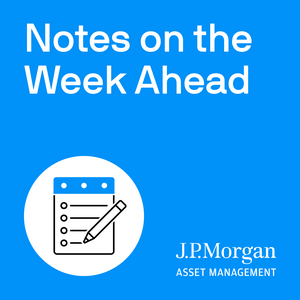
Get the free radio.net app
- Stations and podcasts to bookmark
- Stream via Wi-Fi or Bluetooth
- Supports Carplay & Android Auto
- Many other app features
Get the free radio.net app
- Stations and podcasts to bookmark
- Stream via Wi-Fi or Bluetooth
- Supports Carplay & Android Auto
- Many other app features


Notes on the Week Ahead
Scan code,
download the app,
start listening.
download the app,
start listening.



